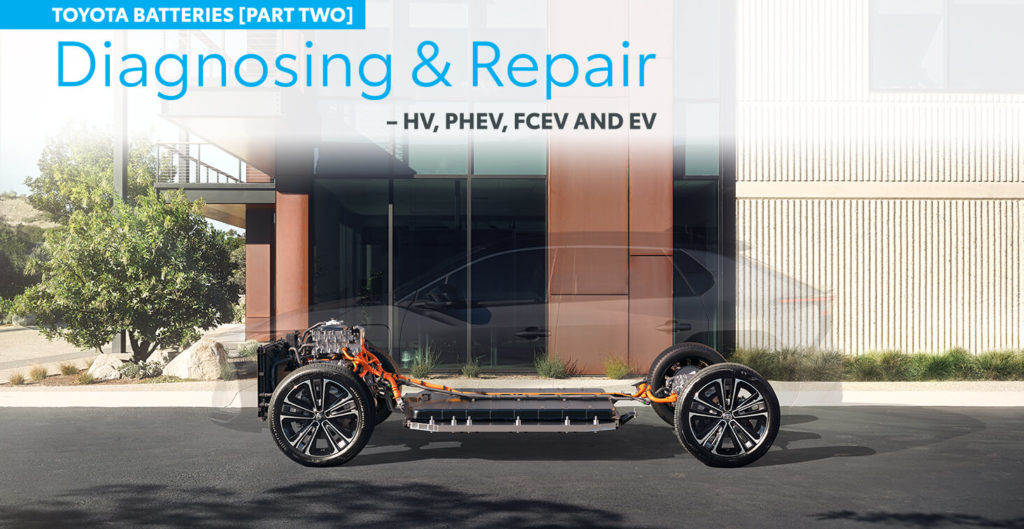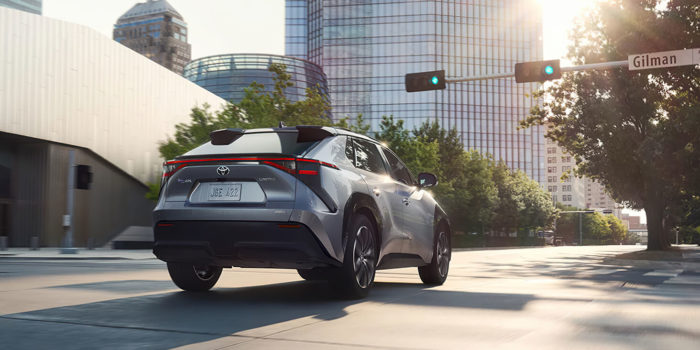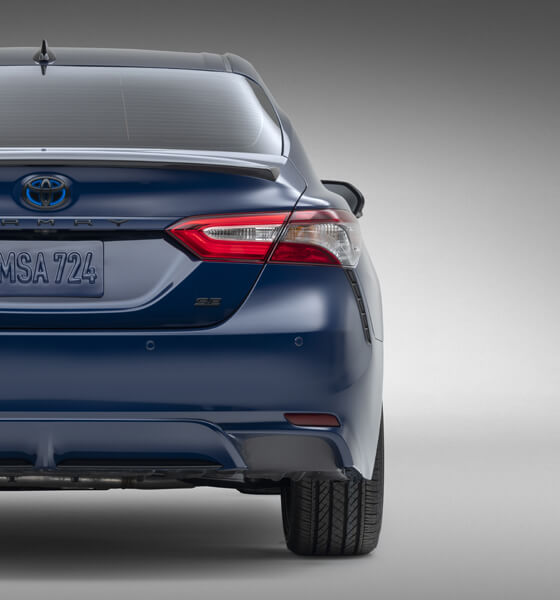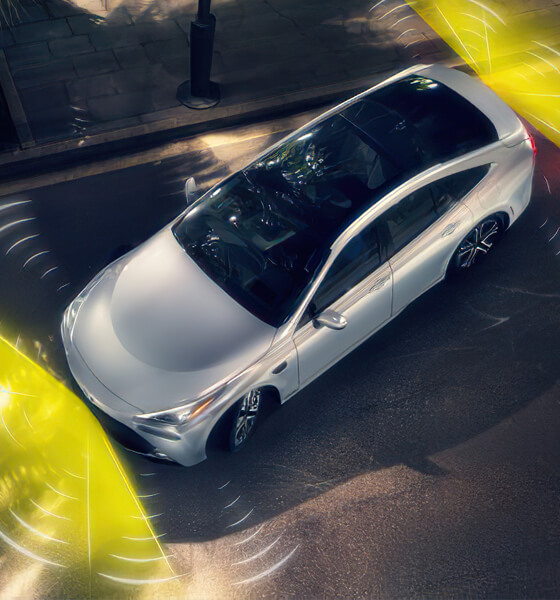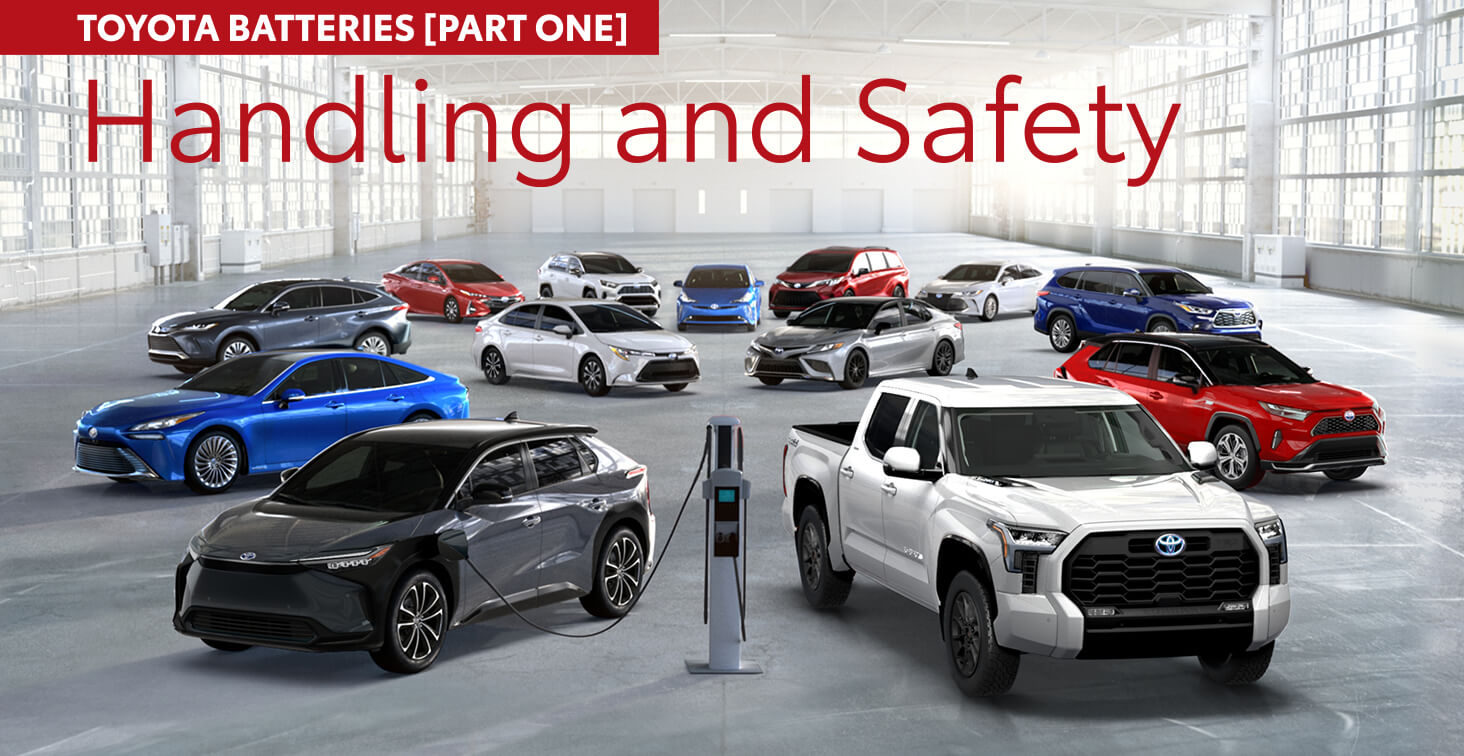
TOYOTA BATTERIES (Part One)
Handling Safety
Toyota’s battery lineup of electrified vehicles continues to grow. Depending on the vehicle’s powertrain, Hybrid (HV), Plug-in Hybrid (PHEV), Hydrogen Fuel Cell (FCEV), or Electric Vehicle (EV), it can have multiple batteries, each of which may require special attention during repairs.
The battery is an essential element of every vehicle. In this article, we’ll review the different types of Toyota batteries and their safety precautions based on the vehicle:
- Internal Combustion Engine (ICE) only – 12-volt battery only
- HV – 12-volt battery & hybrid battery – example: 244.8V in 2023 RAV4 Hybrid
- PHEV – 12-volt battery & hybrid battery – example: 355.2V in 2023 RAV4 PHEV
- FCEV – 12-volt battery & drive battery – example: 310.8V in 2023 Mirai
- EV – 12-volt battery & drive battery – example: 355V in 2023 bZ4X
Toyota’s Electric Vehicle Lineup
WHEN TO DISCONNECT A BATTERY
The most significant reason to disconnect a vehicle battery before the repair is to protect yourself and the vehicle’s electrical systems, especially while welding. “A 12V battery needs to be disconnected, essentially taking off-line all circuits and connected components to protect them when welding on the vehicle,” cautions Mike Anderson of Collision Advice. “In addition, the main SRS ECU (Electrical Control Unit) wire harness should be disconnected and any ECUs within 18-inches of weld locations removed. These extra steps help prevent the potential for accidental airbag discharge and damage to ECUs from induced welding current.”
FOLLOW TOYOTA’S RECOMMENDED REPAIR PROCEDURES
The first step is to research the model-specific information for the vehicle you’re working on, which can be found on Toyota’s Technical Information System website (TIS) https://one.tis.toyota.com and follow the recommended procedures. TIS provides access to essential precautions and service procedures necessary to repair a Toyota. These resources include Collision Repair Manuals and Collision Repair Bulletins; Electrical Wiring Diagrams and Repair Manuals; and Technical Service Bulletins. TIS also features a VIN search tool that will enable you to identify the specific features of a vehicle, providing you with valuable knowledge needed for a quality repair.

To help ensure the repair is done correctly, follow the specific steps when disconnecting and reconnecting a battery and initializing or recalibrating affected electrical systems. A detailed repair plan will identify what you need to do before beginning work on the vehicle, improve estimation and workflow, and ensure that you follow the precise process required to restore a vehicle to factory standards.
Refer to Quick Training Guide QT611C, Initializations after Reconnecting the Battery for additional information.
THE 12V BATTERY—WHY DISCONNECT
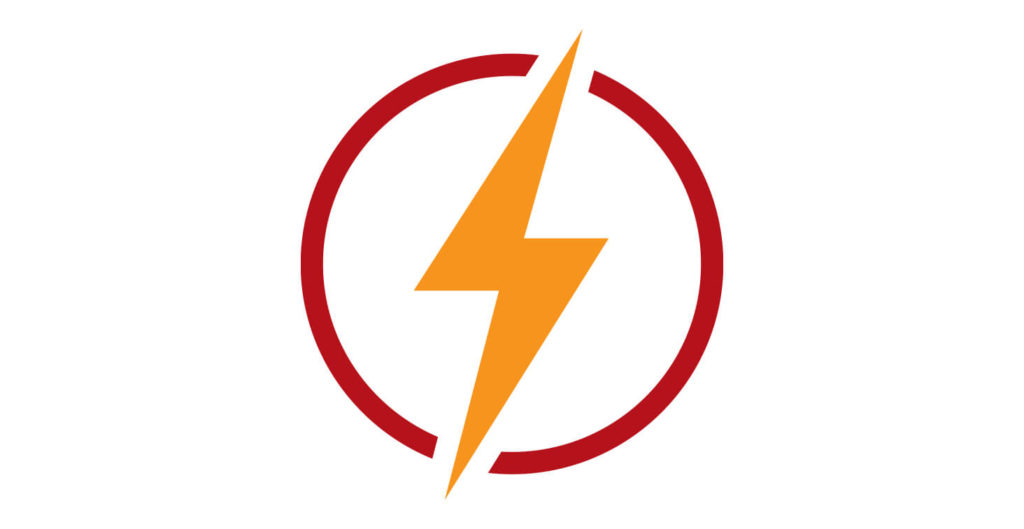
When a damaged vehicle comes into your facility, to repair the vehicle safely, it may be necessary to disconnect the vehicle’s 12V battery. When the vehicle’s 12V battery remains connected, there’s a potential pathway to all electrical circuits and components. If a battery remains connected during a repair, the electrical energy from a weld being performed, for example, may damage electrical components like ECUs, and negatively impact any number of sensitive electronic systems and SRS components.
SAFETY FIRST
Please follow Toyota’s electrical and safety system initializations or calibrations after reconnecting the battery. Safety is key, no matter which vehicle or battery you are working on.
